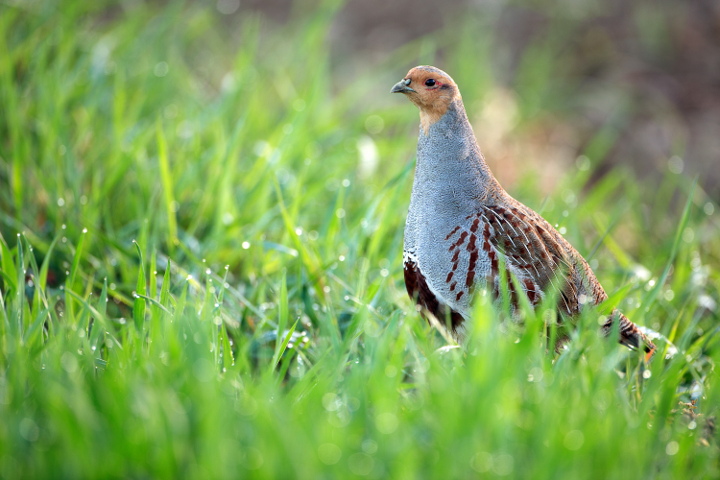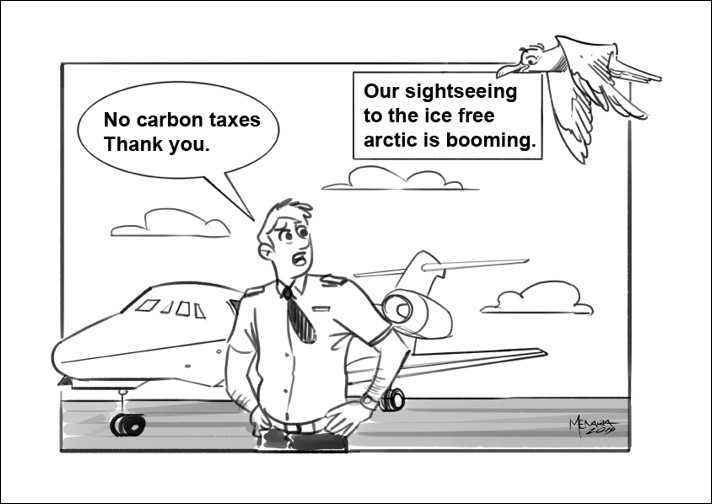Naturalliance is for guiding people to restore and sustain the riches and services of nature wherever they live.
Earth’s ecosystems and their resources.
_shutterstock_245961361_636875727849962553.jpg)
Earthrise seen from Apollo 8 in moon orbit © NASA
Imagine the earth as a soccer ball held between your outstretched hands. The ecosphere, or layer which supports life above and below ground or water, is less than the thickness of a fingernail! That fragile ecosphere contains a beautiful mosaic of systems, composed of plants, animals and other organisms, with the ground, water and air that support them. We are a part of these ecosystems, which include forests, mountains, grasslands, deserts, lakes, rivers and seas. We depend on the health and resources of the earth’s ecosystems to sustain us.
Organisms within ecosystems

The Grey Partridge, a flagship for healthy farmland © Matej Vranič
Now imagine a small population of organisms (plants, animals, fungi or other micro-organisms) in an ecosystem with abundant food and habitat, and little or no predation, disease, parasites, or other forms of mortality. Experiments show that such a population will grow. The time it takes to multiply varies with size of the organisms, doubling within minutes for bacteria but taking a decade or more for elephants, with populations of many small animals and plants able to increase several-fold in a year. Such populations eventually reach resource limits and crash through starvation. Mostly, however, populations of mature plants and animals do not grow like this. Accidents, predation and disease take the surplus of young that is available for growth, with a few starving. Fewer still reach ‘old age’. The deaths provide sustenance for other organisms in ecosystems, including us.
Our impact on ecosystems.

Humans lived as hunter-gatherers for many millennia before we learned to domesticate animals and grow crops. Agriculture became widespread following the last ice-age, producing a stable food supply which allowed human settlements to develop and flourish, leading in due course to cities. Human populations have grown dramatically, incurring much damage to ecosystems and climate. If disrupted beyond certain critical thresholds, ecosystems cease to function effectively, resulting in problematic impacts on human livelihoods as well as other aspects of nature. In the countryside, our activities may result in the local overharvesting of wild species if systems are not managed properly. In cities we depend on farmed ecosystems elsewhere for intensive resource production. In the modern world, only a minority of citizens understand the processes involved, and laws made by an urban majority are often unpopular with communities in the countryside. With the human population now at unprecedented levels, it is difficult to avoid damaging impacts on ecosystem capacity without a concerted and informed approach, using both science and practical knowledge.